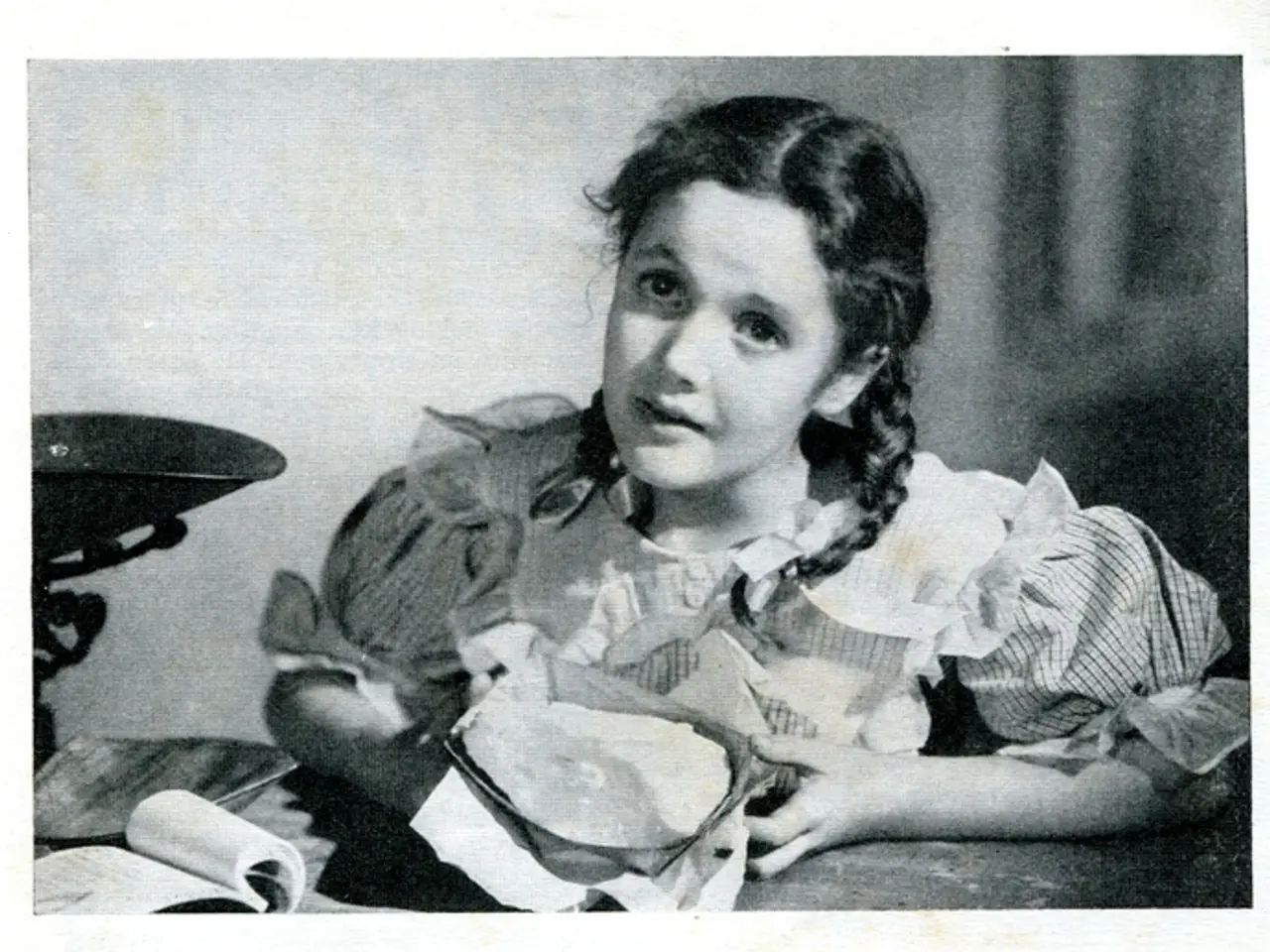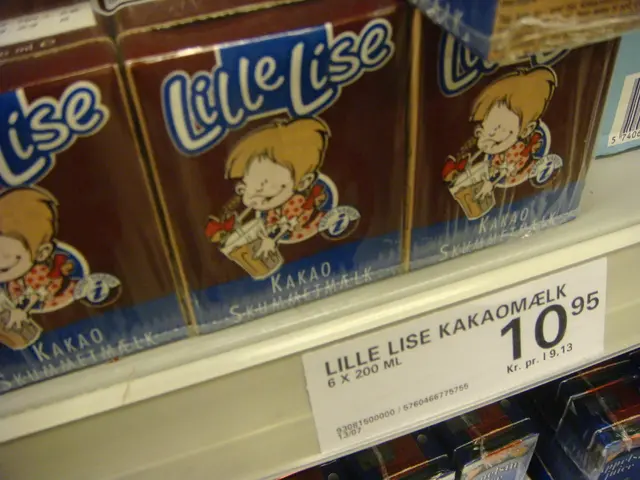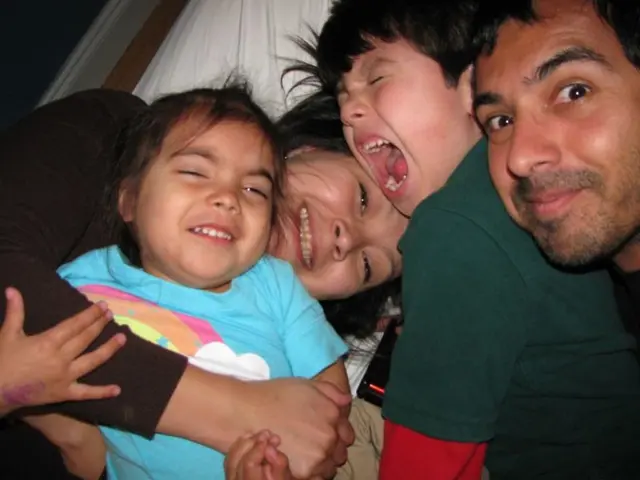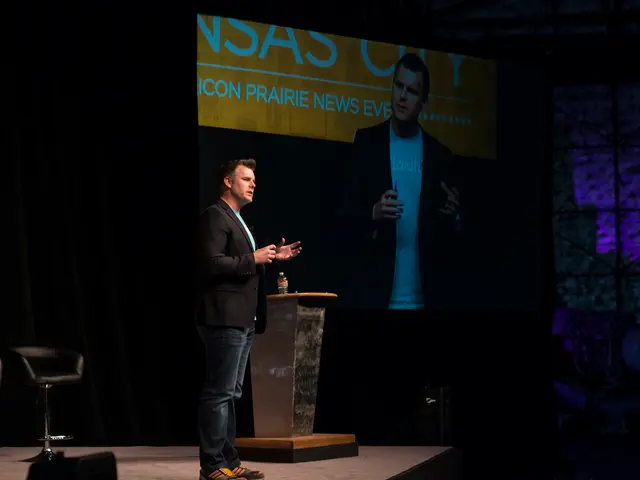Impaired language ability due to damage to Broca's area: Signs, causes, and remedies
In the journey of living with Broca's aphasia, a condition that affects a person's fluent, spontaneous speech, social support plays a vital role in maintaining quality of life and mental well-being. As it can often lead to feelings of isolation, finding support and resources is crucial.
Researchers are currently exploring various approaches to treat Broca's aphasia, with a focus on non-invasive procedures that stimulate neurons. Two such methods are repetitive transcranial magnetic stimulation (rTMS) and continuous theta burst stimulation (cTBS). These neurostimulation techniques, known for their high safety profiles, aim to enhance language recovery by modulating brain activity in affected areas. By promoting neural plasticity, they may improve language functions, although their effectiveness can vary based on factors such as stroke onset time and lesion characteristics.
Occupational therapy (OT) also plays a significant role in supporting those living with Broca's aphasia. OTs employ adaptive communication strategies, such as gesture use or communication boards, as well as cognitive retraining and compensatory techniques tailored to individual needs. Collaborating closely with speech-language pathologists, OTs help patients regain functional communication and daily living skills, contributing to a comprehensive approach to aphasia rehabilitation.
Augmentative and alternative communication (AAC) devices are another valuable resource for individuals with severe speech limitations. Integrated with high-tech features such as brain-computer interfaces, artificial intelligence, and telehealth platforms, these devices offer flexible and portable ways to generate speech or messages. As AI continues to adapt to user needs, AAC devices are becoming increasingly personalized, supporting individuals in their communication endeavours.
Beyond traditional speech and language therapy, these innovative treatments can enhance language recovery outcomes for people with Broca’s aphasia. The choice and integration of these treatments depend on individual patient factors, therapy goals, and resource availability.
Diagnosing Broca's aphasia involves checking a person's fluency, their ability to name objects, repeat short phrases, follow simple and complex commands, and assess their reading and writing ability. In some cases, brain scans such as CT, MRI, PET, and SPECT may help diagnose the cause of a person's aphasia.
Broca's aphasia is a subtype of aphasia that can also cause difficulty with repeating phrases and writing or reading. It may also be accompanied by other neurological symptoms. Researchers are investigating the effectiveness of various medications, such as catecholaminergic agents, piracetam, acetylcholinesterase inhibitors, and neurotrophic factors, for treating Broca's aphasia.
In addition to stroke, other potential causes of Broca's aphasia include traumatic brain injuries, brain infections, and tumors. In cases where Broca's aphasia is caused by brain surgery, it usually resolves within a month.
One emerging treatment for Broca's aphasia is melodic intonation therapy, which involves learning to say words in a sing-song way.
For those living with Broca's aphasia, finding support and resources is essential. Local support groups, the National Aphasia Association's search tool, Voices of Hope for Aphasia, and the Aphasia Software Finder are valuable resources for finding community and assistance. With the right support and treatment, it is worth persevering with the journey towards language recovery.
[1] Bajwa, J. (2019). Repetitive transcranial magnetic stimulation (rTMS) for aphasia. Cochrane Database of Systematic Reviews, 10, CD001688.
[2] Heiss, W. D., & Thulborn, C. (2014). Stroke rehabilitation: A guide for clinicians. Oxford University Press.
[3] Kertesz, A., & Alman, D. B. (2016). Aphasia rehabilitation: A clinical guide. Oxford University Press.
[4] Koul, A., & Koul, R. C. (2018). Augmentative and alternative communication: Theory and practice. Springer.
[5] Rong, Y., & Chen, H. (2016). Noninvasive brain stimulation for aphasia: A systematic review and meta-analysis. Neurorehabilitation and Neural Repair, 30(5), 485-495.
- Recognizing the complexity of Broca's aphasia management, science is investigating numerous medical-conditions and mental-health interventions, such as the effectiveness of various medications and emerging treatments like melodic intonation therapy, to improve language recovery.
- Additionally, science is focusing on health-and-wellness aspects outside traditional speech and language therapy, with augmentative and alternative communication (AAC) devices and neurostimulation techniques like repetitive transcranial magnetic stimulation (rTMS) and continuous theta burst stimulation (cTBS) offering innovative approaches to treat and manage Broca's aphasia.
- Beyond these cutting-edge treatments, other neurological-disorders and potential causes of Broca's aphasia, such as traumatic brain injuries, infections, and tumors, need to be considered, requiring ongoing research and collaborative efforts in the medical field to support individuals living with Broca's aphasia.




